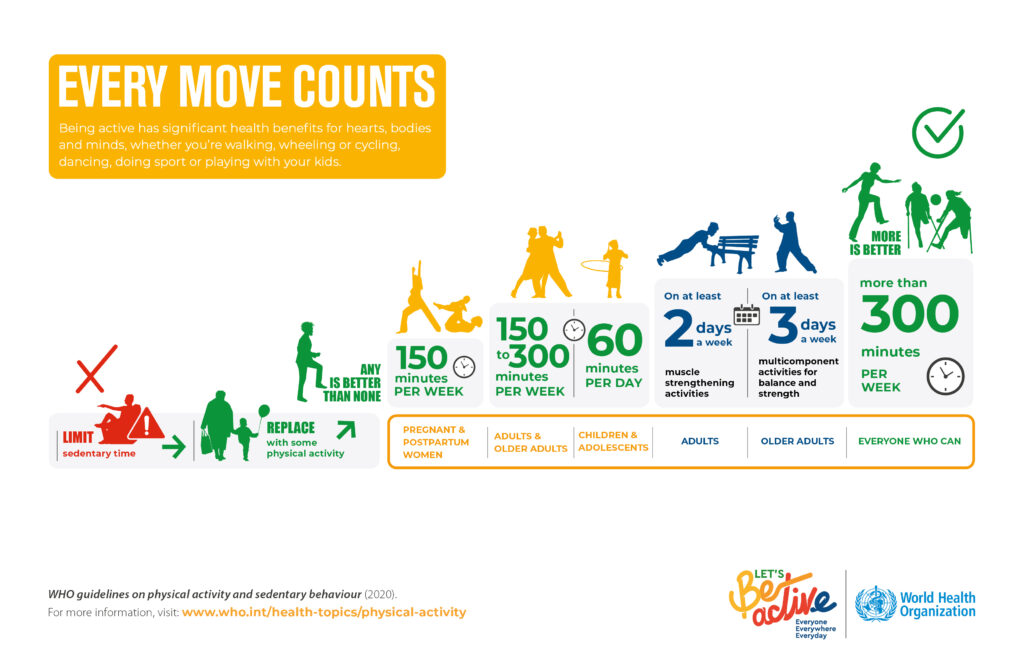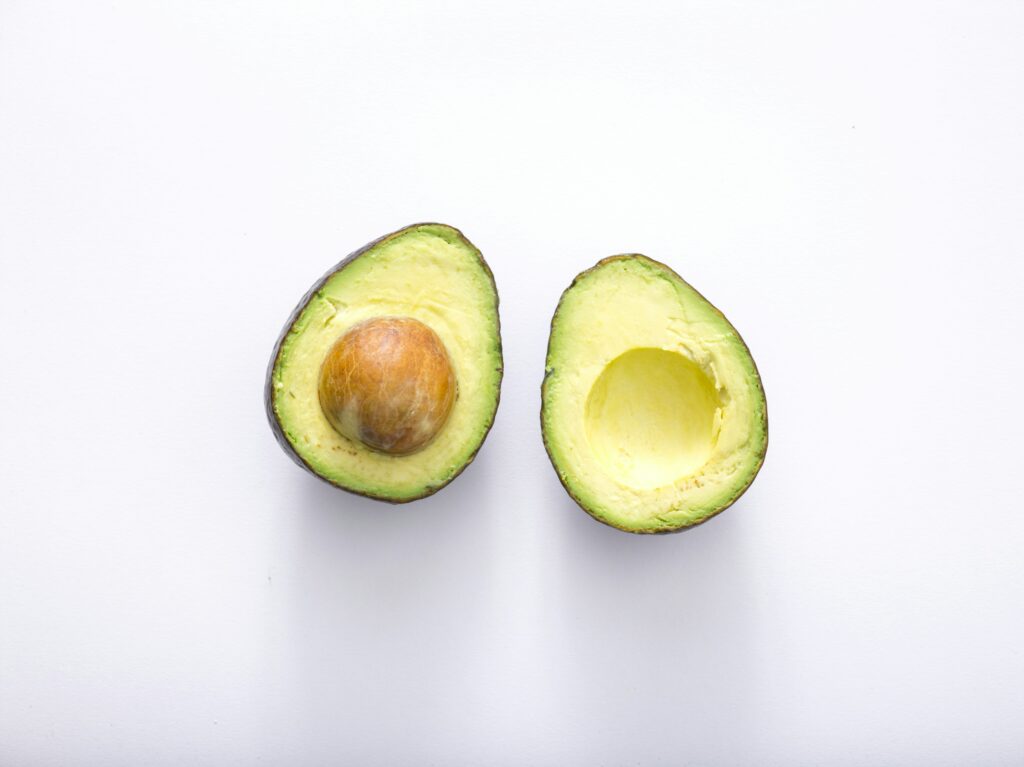The Importance of Active Health Education
Active health education helps adolescents build lifelong exercise habits. Without early exposure, adopting physical activity later in life can feel intimidating. Adolescents are shaped by peers and role models, making it crucial for adults and educators to model active lifestyles. Growing up surrounded by activities like gymnastics and biking, I saw exercise as normal, which made staying active as an adult second nature.

Educators should teach students to incorporate daily movement that does not involve grinding in the gym for hours. Understanding concepts like the 24-Hour Movement Guidelines, which emphasize varied activities such as light cardio and resistance training, is key.
Raising Awareness About the Importance of Youth Physical Activity

I think the biggest barrier to improving youth physical activity is a lack of awareness. Many parents and children simply don’t prioritize movement.
Like brushing your teeth, daily physical activity should be a fundamental habit. If parents and educators realized how deeply inactivity affects children’s well-being, they’d likely be more motivated to promote movement.
A relevant example is the push to reduce cell phone use in schools. Awareness of its negative effects has led many parents to support stricter policies. With a similar emphasis on the importance of physical activity, schools could make changes that encourage more manditory activity for children.
The Impact of Sedentary Behavior on Youth Health and the Need for Inclusive Fitness Activities
Sedentary bedhavior in young people poses significant risks to both physical health and overall well-being. It can interfere with critical aspects of life such as academic performance, athletic ability and mood. Additionally, this lifestyle is often associated with poor sleep quality and can lead to long-term physical and mental health issues such as depression, anxiety and obesity.
To combat these risks, educators should prioritize accessible and inclusive activities that cater to all fitness levels. Participating in high-intensity activities like Soccer or basketball can feel intimidating and even discouraging for students who aren’t naturally athletic. For example, a teacher could lead the entire class on a nature walk, or even play games such as just dance where the emphasis is not primarily on intense sports. As shown in the figure below, activity does not have to be complex or time consuming to be effective.

Another simple way for youth to increase daily physical activity is active transportation such as walking or biking to school. For those living nearby, it is a great way to incorporate fresh air and movement into their day. Personally, biking to campus is faster and leaves me feeling energized. Small changes like this can help adolescents build regular movement into their routines, without requiring structured workouts or sports.

Five step model
Creating a shared commitment to physical activity among students, parents, and educators is key. This can be achieved through presentations of health benefits and support for initiatives like active recess or after-school programs. Offering in inclusive activities such as team sports, dance, or outdoor hikes, and surveying students for their input can create activites students actually want to do.

The Importance of Health Competencies in Supporting Student Well-Being
Health competencies are as crucial as learning competencies like collaboration, critical thinking etc. They reinforce memorable tools to prioritize physical activity, nutrition, and sleep, necessary for lifelong healthy habits. As a future educator, I aim to make sure these competencies are at the forefront of the curriculum as physical health is the basis for performing well in all other aspects of life.

Refrences:
Leave a Reply